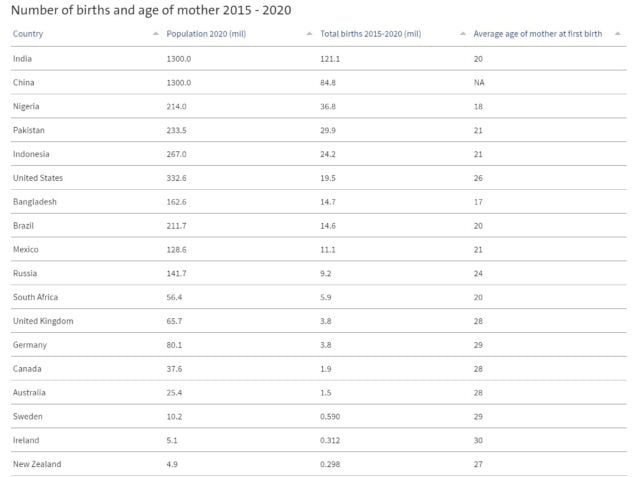Are you confused with so many technical terms used in the title? Let me break it down for you!
A demographic dividend is that golden phase in a country’s lifetime, when it can reach a higher economic growth potential, owing to its shift in population composition, particularly age-structure.
In other words, when a country has a higher proportion of the young population, it means a possible addition to the working-age population, resulting in more workers and job-driven growth.
At the same time, we should keep in mind that this age parameter is not enough to ensure economic development unless supplemented with long-term government policies and support.
Where Is India Standing Right Now?
India is one such country that has recently entered its period of demographic dividend. Starting from 2018, this bulge in the working-age population would continue till 2055, a window of 37 years.
After this period ends, an ageing population will overwhelm the rest of the populace. It would not necessarily translate into something negative. But these 37 years would be India’s prime time to achieve whatever it wants, and therefore this opportunity should not be wasted at all.

In fact, many of the developed countries owe much of their economic growth to this demographic dividend, including China, which has this window open till 2031.
If truth be told, Japan’s phenomenal economic and human development can be attributed to its long period of demographic impetus, longer than that of China and India.
Lockdown And Baby Boom
The world’s biggest lockdown that came into effect on March 25, 2020, in India, in light of the COVID-19 outbreak, changed our as well as the country’s fate forever. The United Nations estimated a steep rise in the crude birth rate, with India leading the way, as early as May 2020.

Also Read: Have Divorces Increased Or Decreased In India During COVID-19 Pandemic?
The figure given by UNICEF stood at 116 million new babies with India alone contributing 20.1 million newborns. This assessment for a 40-week period from March 11 to December 16, 2020, indicates a spike in the total fertility rate.
How Will This Affect The Demographic Dividend?
First of all, a myth needs to be busted. A higher birth rate sure does mean more young people, but it has very little to do with realizing our economic potential. It means the secret to achieving the potential growth lies in attaining a lower fertility rate and not a higher one.
In fact, if India follows the UN’s low fertility projections in the coming years, then it will achieve a concomitant boost to its income per capita, realizing the fastest growth rate ever.
But here is the catch: a low fertility rate is the requisite here. And the baby boom during a pandemic in a developing country with limited resources is a big No.
COVID-19 has come with its own set of challenges, including job loss, mounting pressure on our health and educational infrastructure, and exposed fallacies of the developmental policies.

As of now, only half of the working-age population enjoys employment, whereas around 65% of the total population belong to the working group.
In the absence of quality education and skill mismatch in the labour market, the data insinuates a negative impact of the baby boom on the Indian economy.
The pandemic has also hit close to home in terms of industrial and financial development. Many of the small scale industries, MSMEs had to be shut down, and many of the big ones went bankrupt.
The female workforce, a significant flagbearer of economic growth, has been affected the most, with gender equality suffering a tremendous setback.
Nothing new or worse is left to be said about our healthcare system. Amidst this pandemic, education and health have now become pretty exclusive for the ones with deep pockets.
In such a situation when things are mostly falling apart, the government is not ready to procure for these increased additions to the population.
Therefore, this baby boom is a menace in India’s demographic dividend. What we need right now is immediate damage control instead of mere rhetoric and beating around the bush.
Image Credits: Google Images
Sources: The Economic Times, Hindustan Times, India Water Portal
Find The Blogger: @soumyaseema
The post is tagged under: baby boom, coronavirus, demographic dividend, economic potential, rhetoric, India, lockdown, unplanned pregnancies, government failure, ignorance, health, education, unemployment, GDP, economic growth, education, skill mismatch, insurance
Other Recommendations:
Are We Going To See A Rise In Newborns Worldwide After The Lockdown?
































